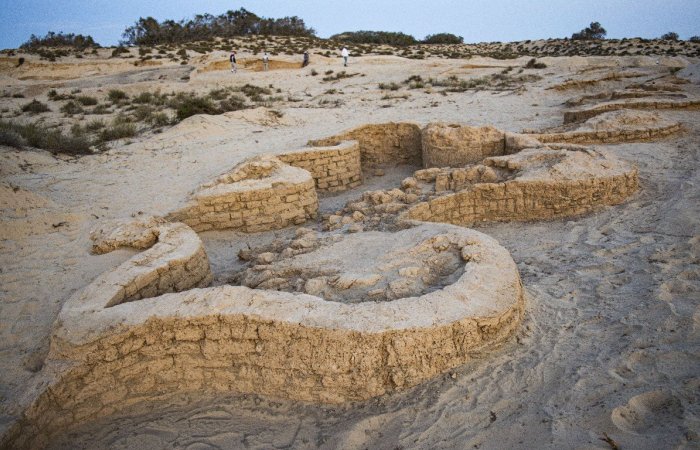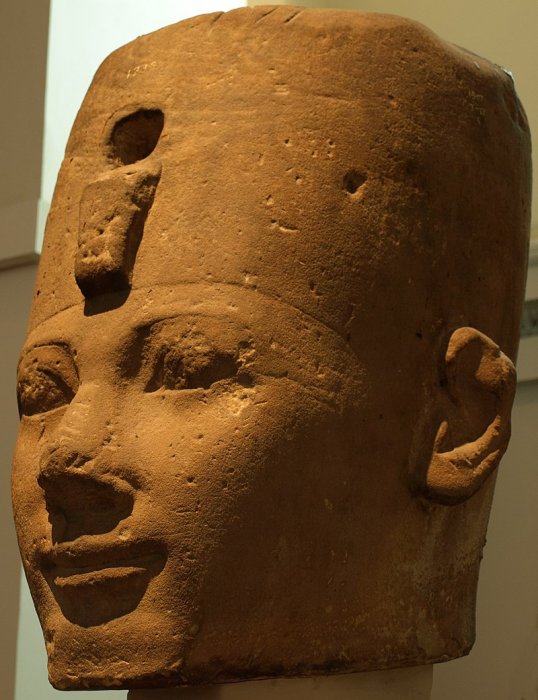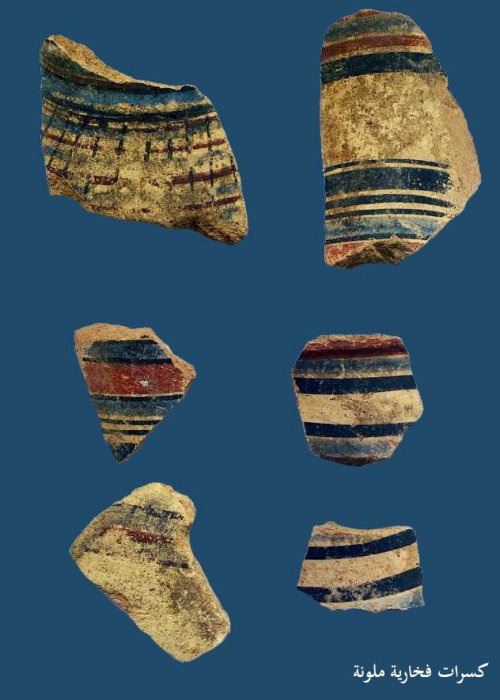Jan Bartek – AncientPages.com – During an excavation at Tel Al-Jaruba in northern Sinai, an Egyptian archaeological team uncovered the stone foundations of a massive fortress from the New Kingdom period. Experts have already recognized this defensive structure as one of the largest and most significant ever discovered along the strategic Route of Horus near the Mediterranean coast.
Credit: Ministry of Tourism and Antiquities
This remarkable ancient building offers fresh insights into pharaonic military strategy and the daily life within a garrison tasked with guarding Egypt’s eastern frontier. According to researchers, this fortress exemplifies the grandeur of military planning by the kings of that era, who constructed a series of fortresses to safeguard Egypt’s eastern borders and secure vital routes connecting ancient Egypt to Palestine.
Credit: Ministry of Tourism and Antiquities
Sherif Fathy, Egypt’s Minister of Tourism and Antiquities, highlighted the significance of this find as a tangible demonstration of ancient Egyptian ingenuity in creating an integrated defense system for national protection. This discovery adds new chapters to our understanding of ancient military history and underscores Sinai’s historical role as a region rich in unique civilizations.
Dr. Mohamed Ismail Khaled, Secretary-General of the Supreme Council for Archaeology, stated that uncovering such a large fortress is crucial for reconstructing our knowledge about Egypt’s network of border fortresses during this period. Each new discovery enhances our comprehension of pharaonic military organization, affirming that Egyptian civilization extended beyond temples and tombs into powerful institutions capable of defending its territories.
Credit: Ministry of Tourism and Antiquities
The excavation has revealed part of the southern wall measuring approximately 105 meters long and 2.5 meters wide, with an entrance 2.20 meters wide, alongside eleven defense towers identified so far. The Northwest Tower was also unearthed along with sections from both northern and western parts despite challenges posed by shifting sand dunes covering much site area.
Mohamed Abdel-Badii, head archaeologist at the Egyptian Archaeological Sector, noted discovering another feature: A distinctive 75-meter-long glass wall on its west side, dividing it north-south, surrounding soldier-residential areas, reflecting adaptive architectural prowess amidst harsh conditions typical during modern state times.
An Osiride stone head from Karnak, most likely depicting Thutmose I, is on display at the British Museum. Credit: Captmondo – CC BY-SA 3.0
The science team reports various archaeological discoveries, including fractures and pottery pots, with foundation deposits beneath one of the towers dating to the first half of the Eighteenth Dynasty. Among these finds is a vase bearing the name of King Thutmose I, the third pharaoh of the 18th Dynasty of Egypt.
Credit: Ministry of Tourism and Antiquities
During his reign, he conducted military campaigns deep into the Levant and Nubia, extending Egypt’s borders further than ever before in these regions. Additionally, he constructed numerous temples throughout Egypt and commissioned a tomb for himself in the Valley of the Kings. He is recognized as the first king confirmed to have done so, although there is a possibility that Amenhotep I may have preceded him in this endeavor.
Credit: Ministry of Tourism and Antiquities
At the site, archaeologists discovered quantities of volcanic rocks, likely transported from Greek island volcanoes, alongside a large bread oven and significant amounts of petrified dough. These findings confirm that the castle played an essential role in soldiers’ daily lives.
Dr. Hisham Hussein, head of the Central Department for Sea Face Lathar, explained that preliminary studies indicate the castle underwent several stages of restoration and modification over time, including multiple redesigns of its southern entrance. The mission aims to complete excavation work to uncover remaining fences and associated structures at this military port near the coast.
See also: More Archaeology News
He further noted that this newly discovered castle spans approximately 8,000 square meters—three times larger than a castle found at the same site in the 1980s, located about 700 meters southwest. This discovery adds to a series of military castles along the Route of Horus, including Tel Habwa, Tower Hill, and White Hill—all dating back to modern state times.
Source: Ministry of Tourism and Antiquities
Written by Jan Bartek – AncientPages.com Staff Writer







